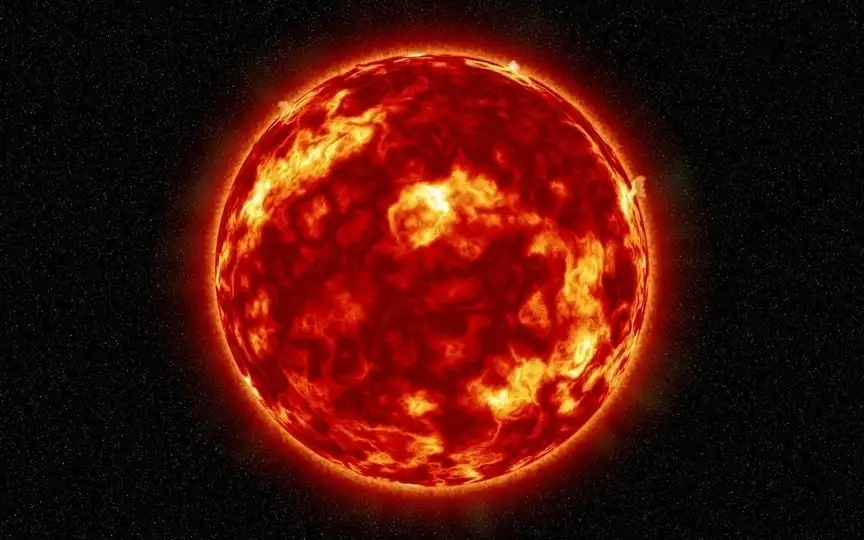NASA Predicts Solar Storm to Occur Tomorrow Due to Magnetic Filament Eruption on the Sun
A powerful magnetic filament on the Sun erupted on Monday, October 16. The eruption occurred on the active sunspot AR3467, which had previously shown signs of containing a significant amount of delta energy. The eruption was so massive that it expelled solar matter and plasma into space, known as a coronal mass ejection (CME). The CME is currently heading towards Earth, although NASA models suggest that a direct impact is unlikely. However, it is anticipated that the CME will pass close enough to cause a solar storm, which is expected to reach Earth on October 19.
According to a report by SpaceWeather.com, “A magnetic filament connected to sunspot AR3467 erupted on October 16, throwing the CME into space. It is not headed directly for Earth. However, NASA’s model suggests it could deliver a flashing shock late on October 19. If so, the object an outside CME can cause a small G1 class geomagnetic storm.
A solar storm threatens the Earth
A side-sweep, or glancing blow, essentially means that the CME cloud doesn’t hit the Earth completely, only a portion of it hits our planet’s magnetosphere, while the rest misses us. However, this is enough to cause a solar storm event on Earth, but its intensity is lower.
NASA has predicted a G1 storm, which effectively means it will produce aurora borealis and may cause interference to some radio waves, likely resulting in communication disruptions for mariners, pilots, drone pilots and radio amateurs.
However, this is not the full number of solar storms. In the worst cases, such storms can disrupt GPS and cell phone networks, disrupt Internet connectivity, damage satellites, cause power grid outages, and even corrupt ground-based electronics.
How NASA SOHO observes the Sun
NASA SOHO is a satellite that was launched on December 2, 1995. It is a joint project between NASA and the European Space Agency (ESA) to study the Sun, its atmosphere and its effects on the Solar System. Equipped with 12 scientific instruments such as Extreme Ultraviolet Imaging Telescope (EIT), Michelson Doppler Imager (MDI), LASCO (Large Angle and Spectrometric Coronagraph) and others, SOHO will take pictures of the solar corona, measure the sun’s speed and magnetic fields. surface of the sun and observes the faint corona around the sun.




